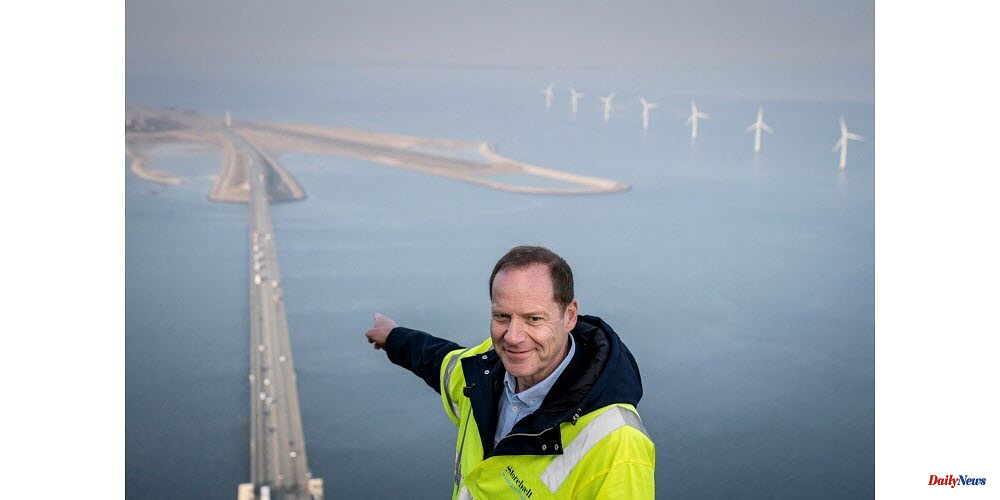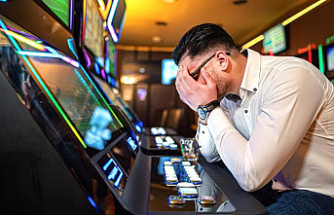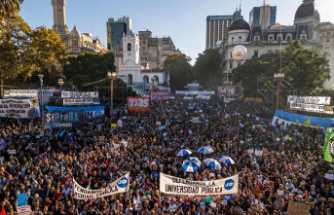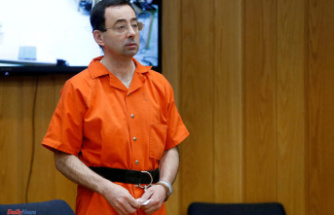Welcoming to Borduria. The Tour does not depart Denmark for Tintin's imaginary country, but the route of the second Stage of the Tour de France from Roskilde to Nyborg warns of the danger of edges. These are breaks caused by side winds.
The route, which runs for 202 kilometers along the coast of Seeland, is flat as a roedtunge, or a dab in Danish, and so is very open to the wind, increasing the number of changes of direction. The finish line on Funen is three kilometers away.
Christian Prudhomme, director of the Tour de France, says that while there are few hills in Denmark, there are many hills in France. We descend north-south to find bridges, then we turn west. So, no matter what direction the wind is, at some point it will always be three-quarters.
Thibaut Pinot was disgusted by the Albi stage's edge in 2019, which was pushed back 1 min and 40 seconds from Wout Van Aert, who was the day's winner. These breaks happen when the peloton is exposed to a sidewind after changing direction. A mischievous, muscular team will launch in a double maneuver. It accelerates and positions itself close to the road edge to minimize the distance sheltering its followers.
It is not as vividly remembered that the Lavaur stage's edge in 2020. Tadej Pogacar (the future winner) could have lost all hope if he had disbursed more than the 21 seconds he finally gave.
At a Thursday press conference, the Slovenian said that "In 2020 it was only one year, it can happen." You have to fight in the face of a sidewind. Even the most skilled runner can get caught in a breakout in these conditions. This is not science fiction.
The East Bridge opened to traffic in 1998. Christian Prudhomme describes a bizarre setting by describing it as "a setting never seen on the roads to the Tour de France".
Weather forecasts predict that the wind speed at crossing the Great Belt will be 25 km/h, with gusts up to 30 km/h. According to the Beaufort scale, is this enough for the peloton's disintegration?
Caleb Ewan, sprinter, says that if there is a sidewind, it will be a difficult stage. All the teams want to be in the front, and the peloton will be anxious.
The gap will not be wider, especially since the time trial of just 12.2 km the day before did not widen it. The leader of the Lotto team said, "I think there'll be a sprint, but not a huge one."
It is still to be determined which team will take charge. Wout van Aert had won the Albi 2019 and Lavaur 2020 stages for Jumbo without initiating the breaks. These teams did not place their initial bets on the general classification, whether it was Quick-Step 2019 or Bora 2020. Both are classic formations.
The loss of Matteo Trentin to Flanders made the situation even more unbalanced. However, this is a positive sign for Covid-19. The UAE-Emirates team, which was the outgoing double winner, hammered Tadej Paogacar.
"We will only fight back, hoping it won’t be like this stage in 2020."












